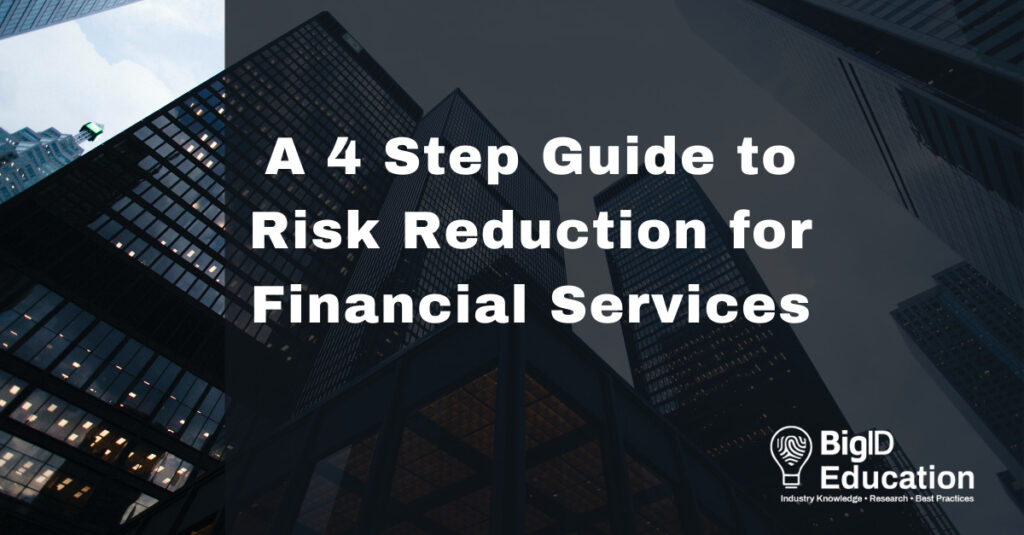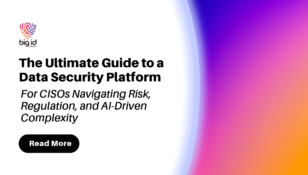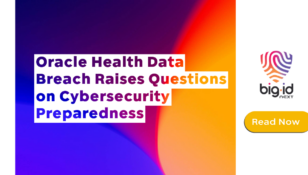A 4 Step Guide to Data Protection and Risk Reduction for Financial Services

Financial services organizations face specific challenges when it comes to securing their sensitive, personal, and regulated data: from addressing layered compliance requirements for various regulations to being able to proactively manage their data to mitigate risk and boost business outcomes.
From regulatory risk to KYC initiatives and AML risk to customer data risk, financial services organizations need to be able to manage, prioritize, and protect their most sensitive data.
The first step? Find, classify, inventory, and manage all of your sensitive data, regardless of where it is, whose it is, or what it is. It’s a momentous task — and critical to address common challenges like siloed data, lack of visibility and accurate insight, and balancing legacy systems with cloud data.
Start with a strong data-centric approach with these four key steps to protect data, achieve compliance, and reduce risk.
Discover Your Data
The first step in protecting enterprise data is to know your data: you can only protect what you can see. Organizations need to be able to automatically discover, identify, and map sensitive data across their environments regardless of where it’s stored: from on-prem to cloud to mainframe, from structured to unstructured, and get visibility on the data you know – and the data you don’t.
Classify Your Data
Classify your data to effectively drive policy and enforcement. Unstructured, semi-structured, and structured data across AWS – from S3 to Kinesis to EMR and everywhere in between – should be classified by sensitivity, type, and regulation for better data management, protection, and processing.
Automatically classify all types of sensitive information based on the content and structure of the data – including personal information (PI), personally identifiable information (PII), MNPI/NPI, customer data, identity data, and sensitive data – without being limited to a specific classifier.
Identify and Manage Risk
In order to adequately manage and reduce risk, organizations need to take a data-centric approach.
Follow the principles of privacy-by-design, establish 360º visibility of data at risk, prioritize over-privileged and vulnerable data, and enforce policy based on sensitivity and regulation to manage that risk.
Take Action to Unleash the Value of Your Data
Once you have a single source of data truth, take action to protect, minimize, remediate, and reduce risk. Establish workflows for data retention, remediation, and risk reduction, and maintain an end-to-end approach to take action on your sensitive and regulated data.
Where to start
Use machine learning and automation to get to value faster, classify data more accurately, identify related data, discover dark data, and drive deep data insight for successful security, privacy, and governance initiatives.
By taking a discovery-first approach to data and risk, organizations can address the challenges of continuous compliance, minimize security risks, proactively address data privacy programs, and strengthen data management initiatives. See how BigID helps you know and protect financial data in our upcoming live webinar with AWS on November 10 >> Click here to register.













